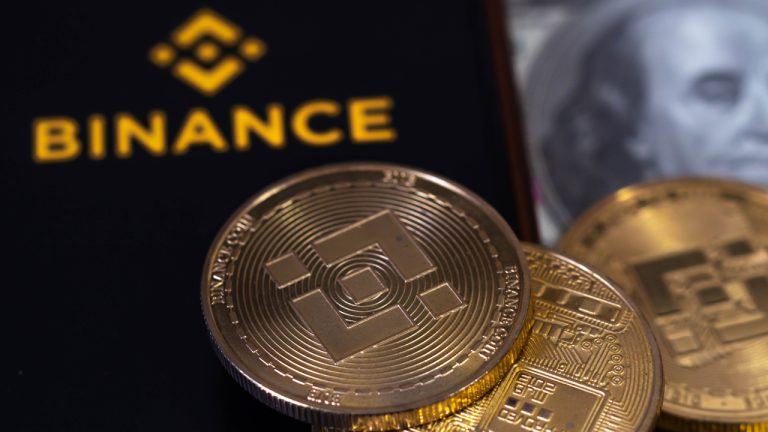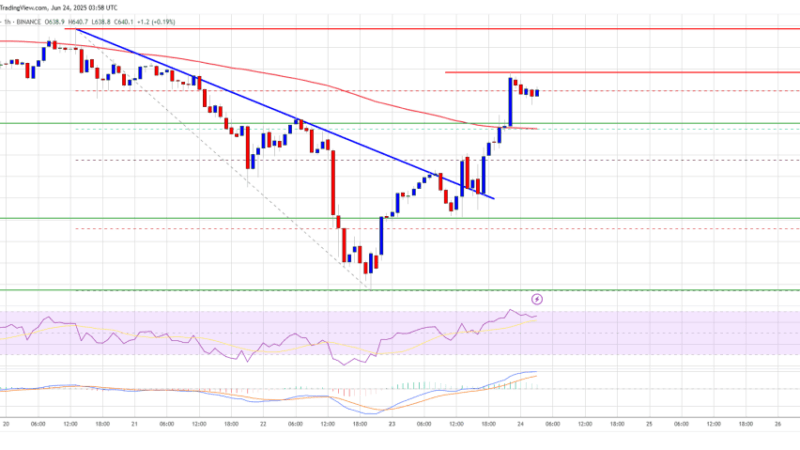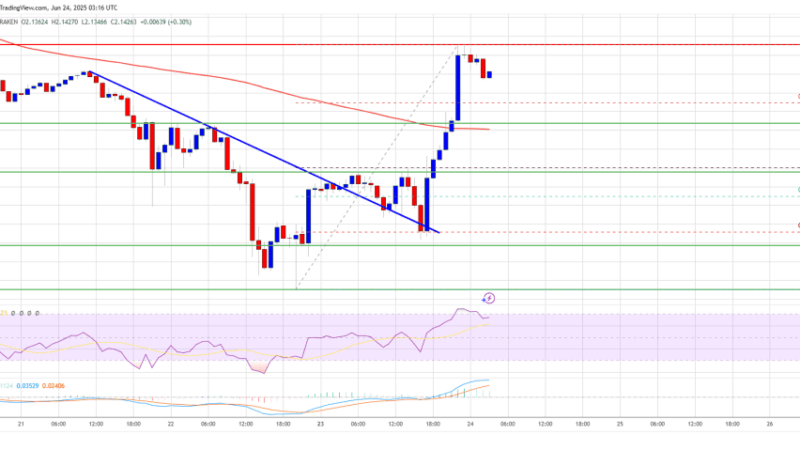No-Code Smart Contract Platforms Can Enable Average Joe to Transact Without Middlemen
No-code or low-code smart contract development platforms have been designed to make it easier to become a blockchain developer. The traditional route would require professionals to master fundamental computer programming concepts and then spend many hours/years learning how to work with complex development environments, before being able to successfully build enterprise-grade applications.
However, with the advent of no-code and low-code platforms, it’s possible to create high-end smart contract apps almost instantly. We’re able to build almost anything we want and it’s also easier to integrate blockchain-powered apps with seamless low-code solutions.
This approach to software development also boosts productivity as we’re able to do more in considerably less time. Companies that design these types of products have already done the heavy lifting for end-users. This allows a wide range of users to deploy their blockchain or distributed ledger technology (DLT) network within a short timeframe. Low-code and no-code smart contract development is also designed to make it easier to integrate various blockchain apps into a real-world environment.
Providing a Global Smart Contracts Marketplace for Non-Coders
One such platform, called Settlement, specializes in low-code toolkits for building blockchain apps. With this solution, it’s possible to create great user experiences (UX) with “one-click” deployment. The company offers “out-of-the-box” smart contract templates, “zero config” REST APIs, along with zero-config admin UI and dashboard solutions.
Meanwhile, Transient is a more comprehensive and global smart contracts marketplace that aims to promote blockchain/DLT adoption by enabling non-coders to develop and manage high-end smart contracts with ease. Users – including individuals and businesses – are able to use the relevant decentralized applications (dApps) on the Transient marketplace to deploy self-executing smart contracts for a diverse set of use-cases in just a few clicks.
The main value proposition of no-code and low-code software development solutions is their ability to remove the entry barriers to creating scalable dApps. Many individuals have the creativity to develop useful apps, however, they may not be programming experts. With no-code development environments, society as a whole can benefit from the creative contributions of a diverse group of users that happen to be great problem solvers but don’t want to write smart contract code.
According to Transient’s developers, they aim to offer the “Amazon of smart contracts,” which means they are focused on providing one of the most comprehensive development environments in the market. These types of solutions may be leveraged for simple use-cases like automated rental agreements, accepting payments as part of a fundraising event, or carrying out other routine business processes by harnessing the power of smart contracts.
It’s worth noting that blockchain-based solutions are well-positioned to bridge silos, particularly in an enterprise-grade development environment where external and internal organizational boundaries need to be bridged in an effective manner.
Earlier this year, SIMBA Chain expanded to Avalanche, which should allow more users to access decentralized technologies as it is intended for builders of all skill sets. By integrating with Avalanche, SIMBA Chain’s platform for low-code smart contract deployment will be available to many different end-users to create advanced dApps.
Simplifying Smart Contract Deployment
No-code smart contract programming has the potential to really take off as an industry because many individuals and organizations are interested in automating routine business processes. The developers of MyWish, another no-code smart contract platform, have explained that users are required to fill in simple form fields, specifying their requirements.
Then, they can securely make a payment so that MyWish deploys their contract to the blockchain. After this process is completed, a contract address is generated and the end-users are able to start using the application in a seamless manner.
In addition to these solutions, DappBuilder allows us to create decentralized applications, issue tokens, and deploy smart contracts without coding. We can choose to launch such apps on Binance Smart Chain (BSC), Polygon (MATIC), Ethereum (ETH), Tron (TRX), among other networks.
While there seem to be many different options in the market already, Transient is offering one of the most robust and extensive no-code smart contract platforms in the industry.
The Transient global marketplace is housing their individual dApps, which aim to deliver real value for specific business use-cases. The platform has been developed to cater to individual freelancers and major enterprises. It aims to solve practical problems across a wide range of industries.
The team is focused on incrementally building out their core product, and have reportedly sought continuous real-world feedback. This has enabled them to carefully inspect and adapt their product accordingly, which gives them confidence in Transient’s ability to enhance many industries.
It’s clear that smart contracts are a highly useful invention and can be applied to a range of business processes such as trade finance, supply chains, and even digital ID verification procedures. Any technology that can be applied to such a large number of scenarios should be usable by as many people as possible, regardless of their ability to write complex computer programming code. This is exactly what no-code smart contract platforms aim to offer and it could go a long way to accelerate blockchain adoption globally.
Image by Gerd Altmann from Pixabay




